An AA dip check of a handful of petrol stations found some pumps giving up to 4.4% more fuel than shown on the pump – effectively a 6ppl gift to drivers.
According to the new research from the AA, problems with an EU move to harmonise fuel measuring on forecourts mean that some pumps have been supplying more fuel than the counter indicates.
Trading Standards have this year tested fuel pumps across the country in response to driver complaints, but a rule requiring a pump to be reset even if it dispenses significantly more fuel than shown on the display means that some motorists’ moans have backfired.
AA/Populus research has shown that 28% of AA members (31% among women) buy a set amount of fuel whenever they visit a petrol station. This has created paranoia among drivers whose diminishing return from their set spend has made them try to monitor how much fuel they get, particularly in the first half of this year when petrol reached a record of 148.42p a litre and diesel 147.91p.
Trading Standards officers have reported discrepancies at four of 38 sites in Cumbria and 11 of 216 nozzles in Derby. In Newport, just two of 353 nozzles failed – one of them giving more fuel than indicated. In North Lanarkshire, petrol station operators called in Trading Standards last month to help reassure customers that they are getting their money’s worth from the pumps.
An EU ruling that will eventually force retailers to upgrade forecourt equipment to meet the new Measuring Instruments Directive, coming into force by the end of October 2016, has created an incompatibility problem for forecourts with a mix of ageing and newer pumps.
Edmund King, AA president, said: “Following concern from members, the AA carried out preliminary tests at a handful of fuel stations to see if there were grounds for a more comprehensive survey. Not only did all the pumps dispense at least the right amount, but most gave even more.
“Some drivers have been benefitting from a lucky dip at the pumps, getting more fuel than they pay for. However, crippling pump prices have produced desperation among poorer drivers, particularly those trying to get by on £10, £20 or £30 weekly fuel spends that their family budgets can barely afford. Petrol this week averaged 134.17p a litre – two years ago, it was 116.60p. Inevitably, some motorists are watching their gauges like hawks and complaining to Trading Standards.
“Trading Standards warn that some drivers compare the fuel volume showing at the pump with what they can read off their in-car instruments, although the latter are designed purely as a guide. Consequently, there is an irony that some drivers who complain may be acting against their own interests.”





















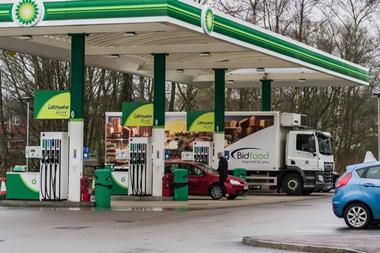
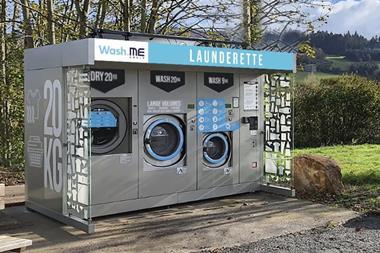
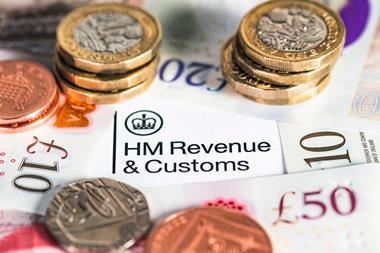
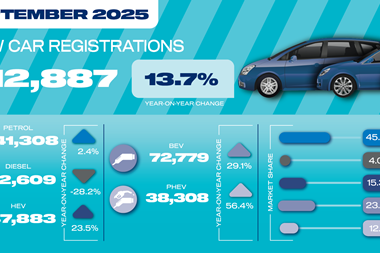
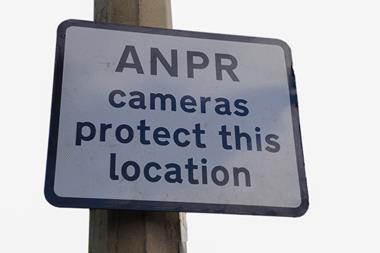
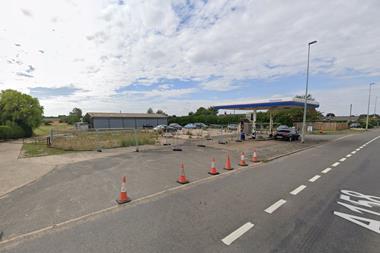

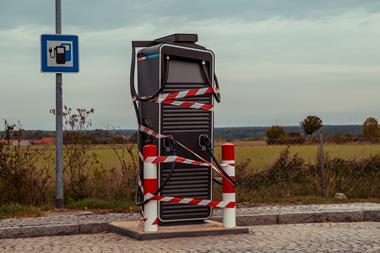

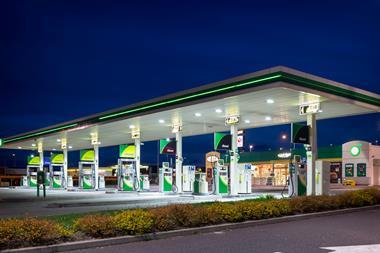
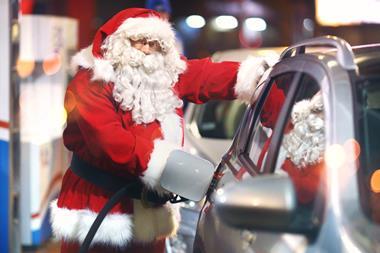

No comments yet